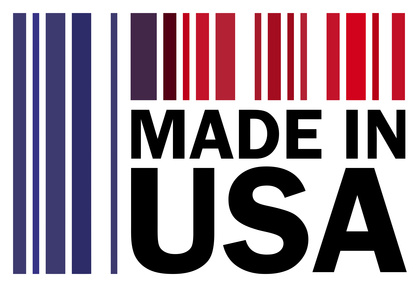
HTS Chapter 98 And Your Business
Savings and more savings on duties and fees are available for exporters who import their U.S. goods back into the United States. These savings are not BOGO (buy one, get one). Rather, they are for all U.S. goods returned (and some Non-U.S. goods). Have you ever reviewed Chapter 98 of the Harmonized Tariff Schedule? If not, let’s take a look at it now. Great savings could be advantageous for your company.
The main concepts for using “9801/9802 U.S. goods returned and Non-U.S. goods” are based upon the classification, value, country of origin, special claims and other government agencies. However, there are exceptions to General Rule.
When Should I Use 9801?
- The Origin: The good in question should be U.S. Origin
- Manufacturers Affidavit: It’s important to have this in your files … basically a free form letter with specific language certifying when and where the part was made. Because the origin of items can change over time due to alternate sourcing or manufacturing location, best practice here is to renew these affidavits on an annual basis.
- NAFTA Certificate of Origin: This establishes eligibility of NAFTA but Column 10 establishes origin, so Customs will accept this. This should come from a manufacturer rather than a distributor.
Here are some examples for U.S. goods sent abroad and returned:
- If an item comes back to the U.S in worse condition (rusted, broken, etc.) then it IS QUALIFIED.
- If an item comes back improved or repaired, then it IS NOT QUALIFIED.
9801.00.1010
U.S. goods previously exported with intention to re-import after temporally use abroad. This provision is set forth for U.S.-made articles exported for demonstration, testing, or other purposes and then reimported into the U.S.
NOTE: If you are claiming another program (NAFTA, Chile, etc.), you won’t claim this because you will already be duty-free. This claim is only for when duty is involved.
9801.10.1012
U.S. Good Returned for Repair. These are articles returned temporarily for repair, alteration, processing or the like, the foregoing to be re-exported. It should appear in large bold text on the invoice. There are certain requirements in order to claim 9801.00.1012, such as:
- Value at the time export of the repaired article should include the value of the imported article before repair and the cost of repair.
- Invoice should reflect “Not advanced in value”.
- Returned temporarily
- Re-exported from the US
CAUTION: You should only use U.S. Goods Returned if you absolutely know you are repairing, altering or processing. If not positive, don’t use this, use another 98.
9801.00.1015
Products of the United States when returned after having been exported without having been advanced in value or improved in condition by any process of manufacture or other means abroad.
9801.00.2000
Lease, Duty Paid Articles, previously imported, with respect to which the duty was paid upon such previous importation or which were previously free of duty pursuant to the Caribbean Basin Economic Recovery Act of Title B of the Trade Act of 1974.
It’s important to note that a fifth type (9801.00.1095) was discontinued on July 1, 2014.
Finally, evaluate the duty impact before making 9801 claims! How much are you really saving? A nominal savings amount may not be worth the risk of incorrectly claiming 9801 or the burden of meeting these requirements.
Let Us Help You Generate Savings With Chapter 98
If you don’t have the supporting documents, do not claim 9801! Make sure your records are in order, then see if 9801 can generate substantial savings for your company.
Tom Reynolds is the President of Export Solutions, a consultancy firm which specializes in helping companies with import/export compliance.
